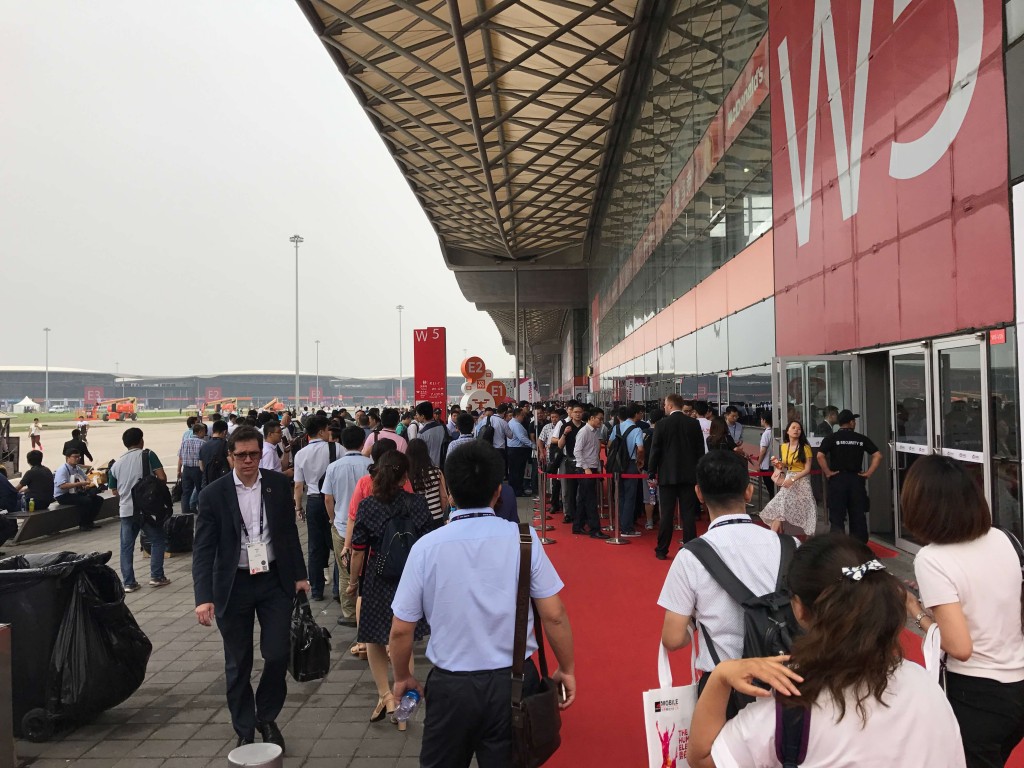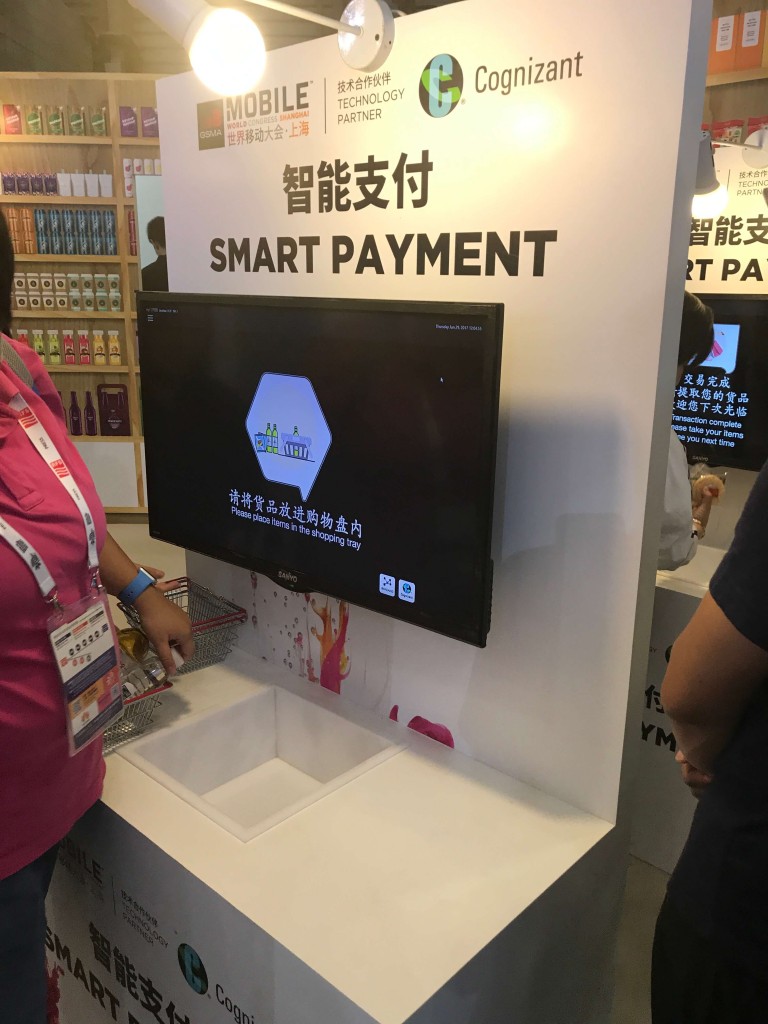I was reading an interesting article on how high-end smartphones like the iPhone X, Pixel 2 XL, and Galaxy S8 generate more money from in-game revenue than cheaper phones do.
One line stood out to me: “With smartphones becoming faster, larger and more capable of delivering an engaging gaming experience, these monetization key performance indicators (KPIs) have begun to increase significantly.”
It turns out the game companies totally agree with the rest of us that faster devices are better!
Regardless of who is seeking better performance—consumers or game companies—the obvious question is how you determine which models are fastest. Many folks rely on device vendors’ claims about how much faster the new model is. Unfortunately, the vendors’ claims don’t always specify on what they base the claims. Even when they do, it’s hard to know whether the numbers are accurate and applicable to how you use your device.
The key part of any answer is performance tools that are representative, dependable, and open.
- Representative – Performance tools need to have realistic workloads that do things that you care about.
- Dependable – Good performance tools run reliably and produce repeatable results, both of which require that significant work go into their development and testing.
- Open – Performance tools that allow people to access the source code, and even contribute to it, keep things above the table and reassure you that you can rely on the results.
Our goal with the XPRTs is to provide performance tools that meet all these criteria. WebXPRT 3 and all our other XPRTs exist to help accurately reveal how devices perform. You can run them yourself or rely on the wealth of results that we and others have collected on a wide array of devices.
The best thing about good performance tools is that everyone, even vendors, can use them. I sincerely hope that you find the XPRTs helpful when you make your next technology purchase.
Bill














